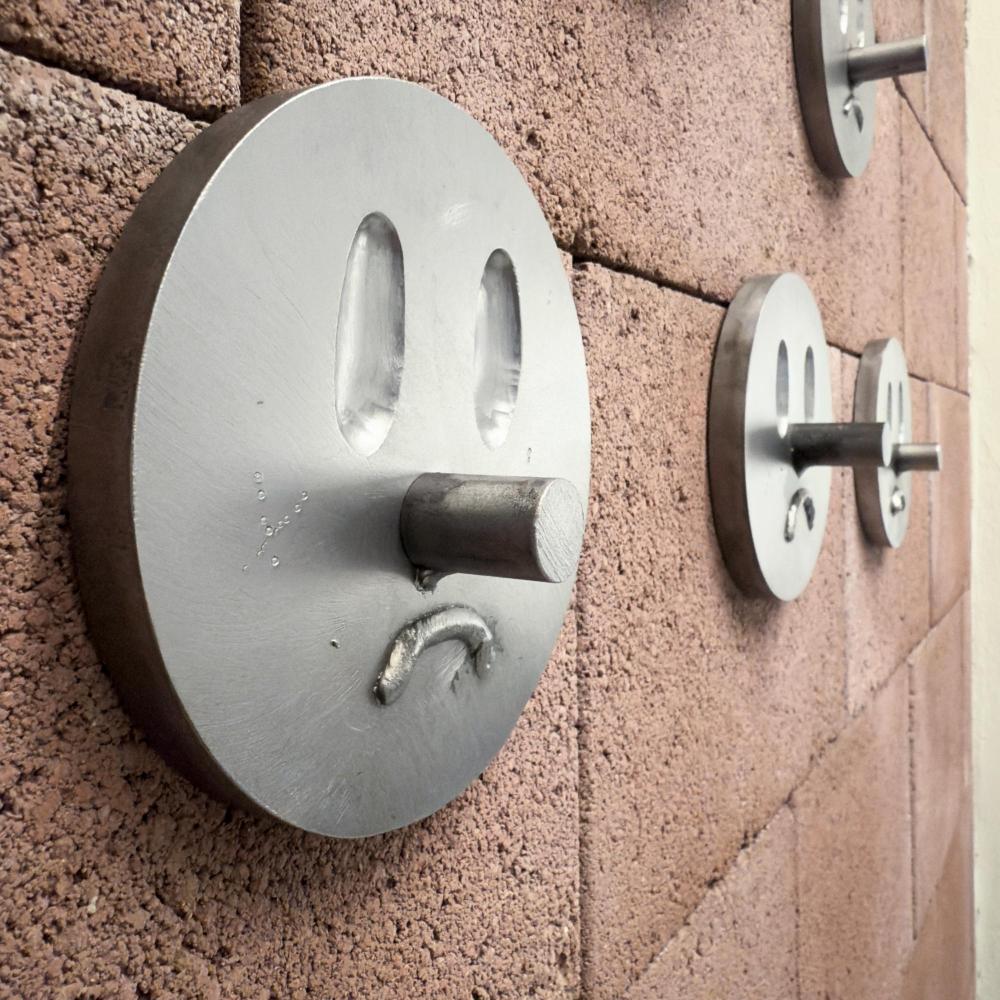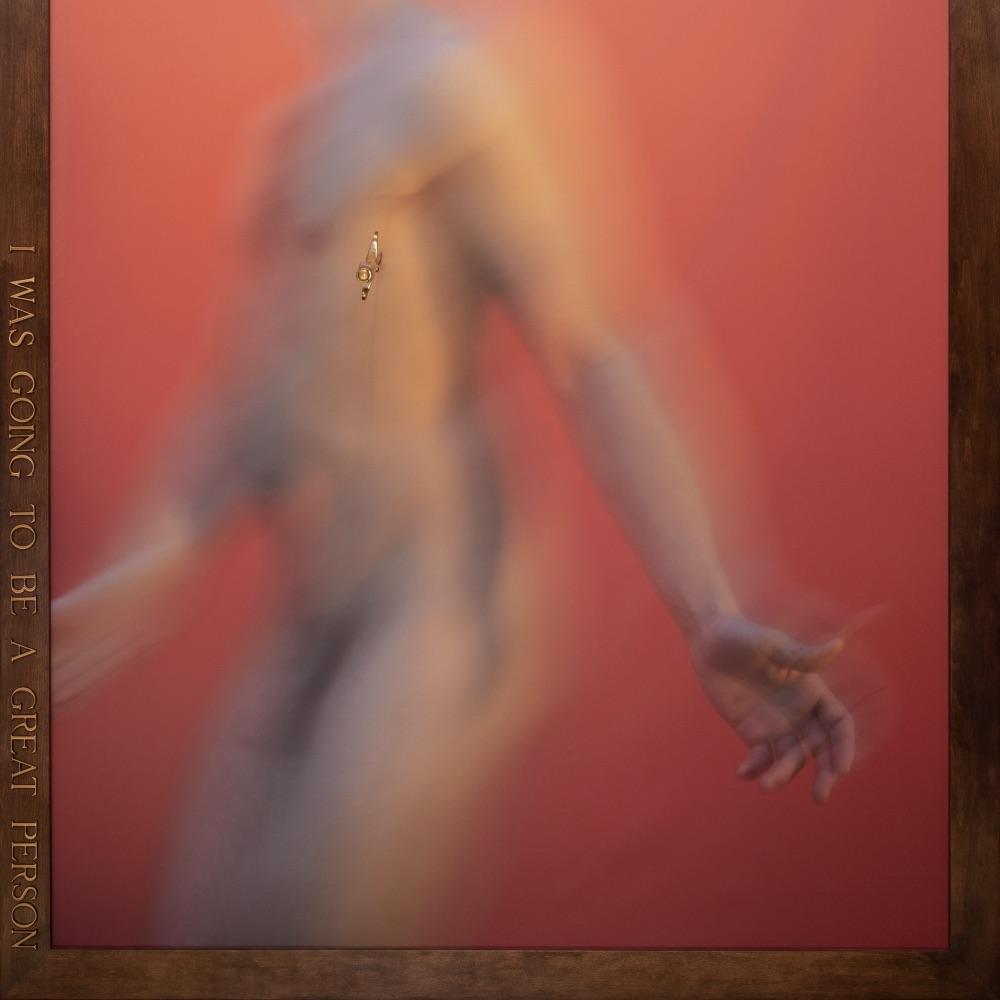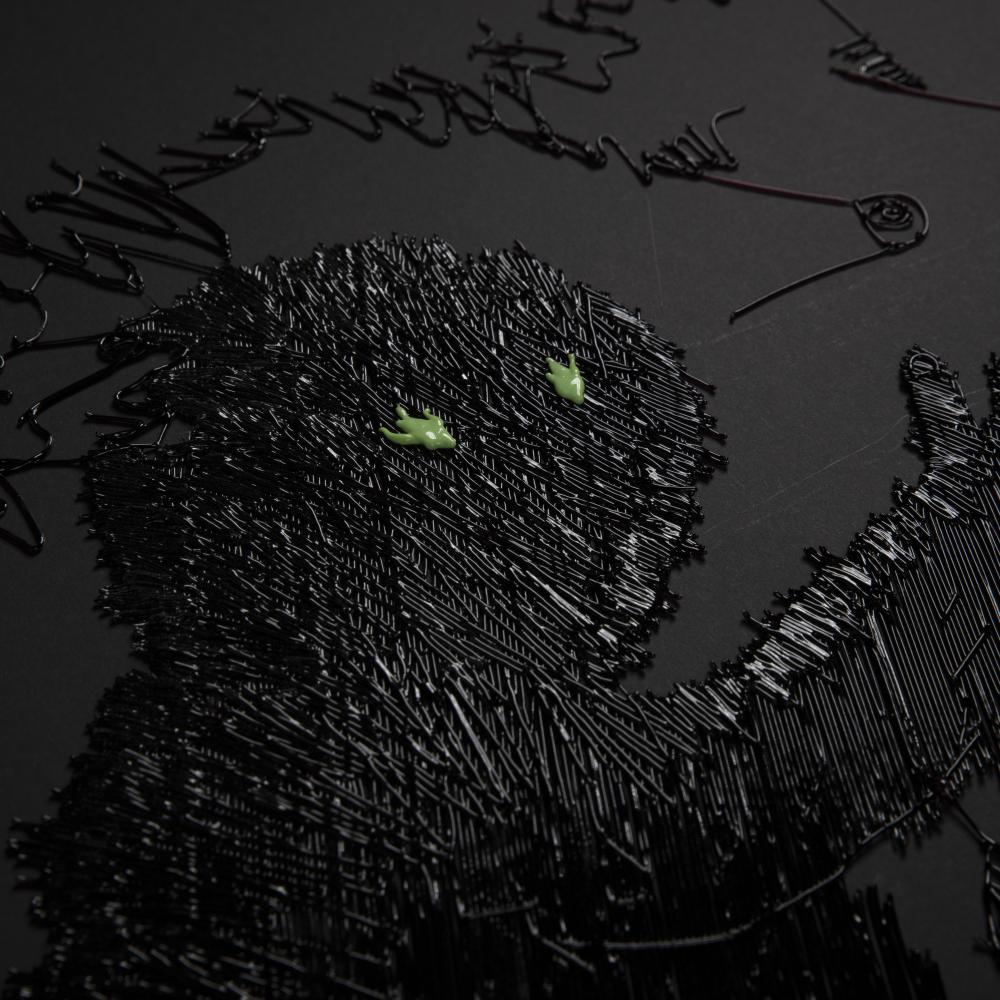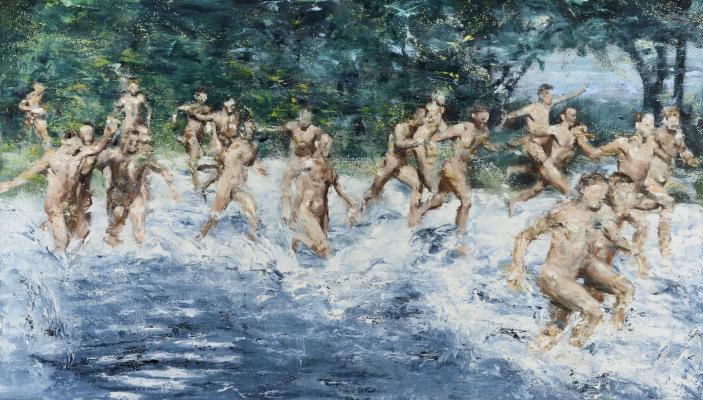
One of the latest catalogues, which can now be purchased directly from the Telegraph's reception or e-shop, is a comprehensive volume of MEN. It is the catalogue of the exhibition MEN: Male body in the collection of Robert Runták, which was presented from May to October 2022 at the Aleš South Bohemian Gallery in Hluboká nad Vltavou. Works from the Robert Runták Collection have been exhibited here several times in the past, but this time the castle riding hall was filled with works with a clear theme of the male body. A wide range of artists from the last one hundred and twenty years, without chronological division, a large number of techniques and approaches, domestic and international artists, all connected by the phenomenon of the male, which is viewed in different contexts - stylistic or historical.
The curator of this unique exhibition is Jan Kudrna, who is also the curator of the Robert Runták Collection. He introduces the catalogue with a short text in which he introduces the collection and explains how he selected the works for the exhibition. This is followed by a considerably longer essay by art historian Barbara Ropková entitled The Body as an Instrument of Thought, in which she thematises the question of identity. She starts from the assumption that the exposure of the body is also connected with the exposure of one's own inner self. In a few pages, he then stops briefly at a selection of authors who can give a rough idea of the possibilities of the subject, both in terms of content and expression.
Next, the catalogue is conceived as a reflection on the individual parts of the exhibition - four thematic units, each looking at the subject of the male or male body through a different lens. Joy, Fragment, Together, Time.
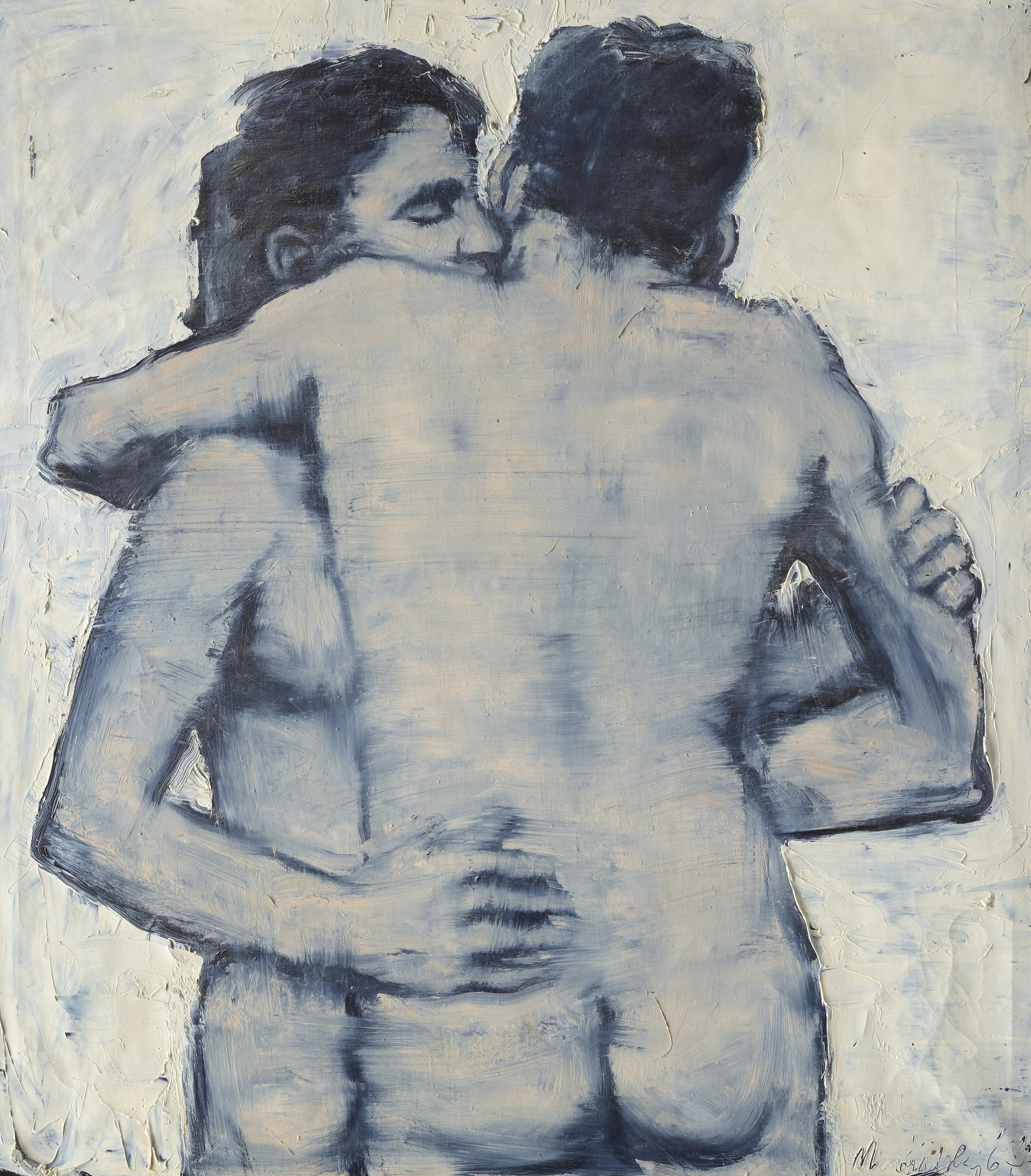
The first section treats a distinct emotion associated intensely with the youth of man, manhood - Joy, which seems to symbolize the drive and surge of life energy. The dynamism of a young man, a powerful experience, a sense of infinite ability and perhaps even immortality. Fragment, as something determining, as a gender marker that defines a man, thus entering a plane more philosophical than visual, when it presents itself as a symbol, a hidden code. On a broader scale, then, the entire male nude can fulfill the role of such a fragment. The second part of the exhibition, or rather the catalogue, is devoted to this topic. The title of the third segment, Together, suggests that it is no longer just about individuals; a relationship is emerging, the art of being together, not just side by side. It does not matter the manner of such being, more important is the energy that emanates from it, which is in harmony with the physical connection (which is more perceptible through the visual form). An energy that transforms the autonomy of the individual into a conscious, communal being.
The last section of Time not only presents a visual counterpoint to Joy, the first section full of young men, but also completes a kind of imaginary circle of life by presenting a series of depictions of the old body. Such depictions are not very common. This can lead to immortal reflections on the perception and nature of beauty, but also to the current theme of visual perfection as a marketing ploy to increase the marketability of art. However, it is not only the depiction of an old body that has lost its flexibility and unlimited possibilities of movement that makes this theme so rarely chosen, but also the foreshadowing of an imminent and inevitable death that is ever more present with each passing limp. Death still represents something of a taboo that, as a subject, stands outside the realm of human interest, but it may be artists who accentuate it as an inevitable and natural part of everyday life in their works.
By Barbora Langová / Telegraph Gallery




